I read the docs: https://cloud.google.com/bigquery/docs/reference/standard-sql/data-types https://cloud.google.com/bigquery/pricing#data
I know that FLOAT is 8 bytes while NUMERIC is 16 bytes
Is that the only difference?
The docs says that NUMERIC can range -99999999999999999999999999999.999999999 to 99999999999999999999999999999.999999999 but it doesn't specify the range for FLOAT.

